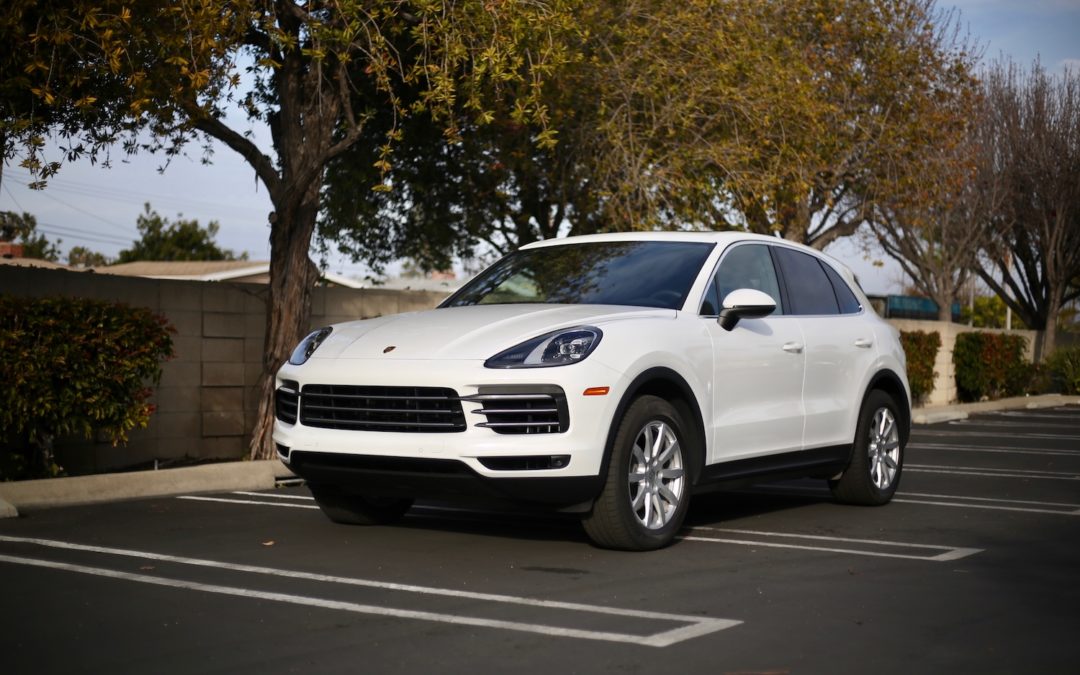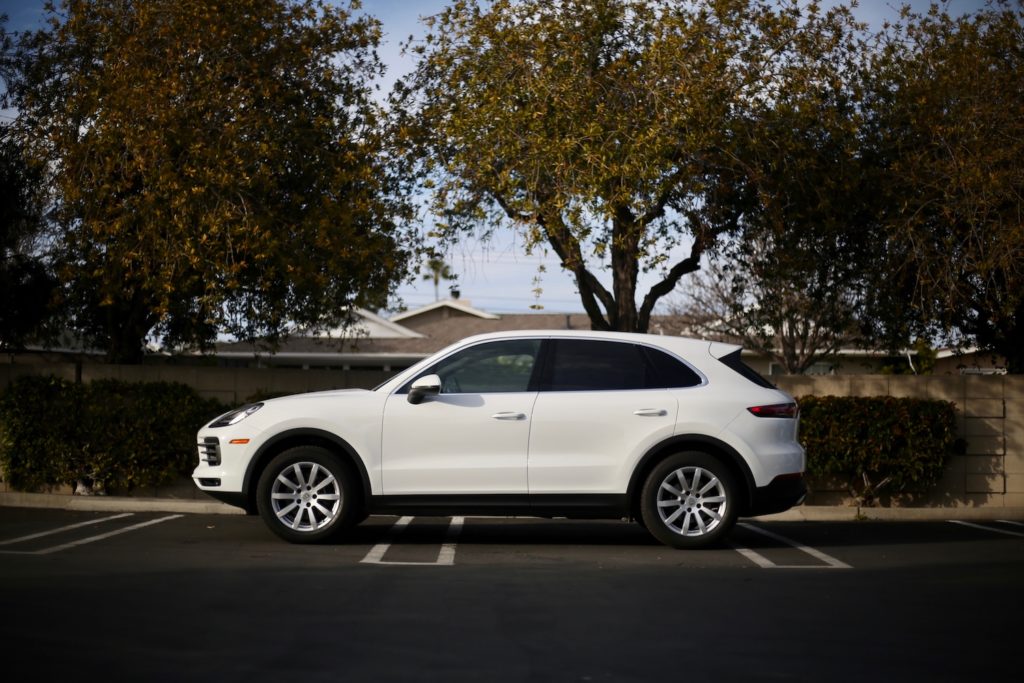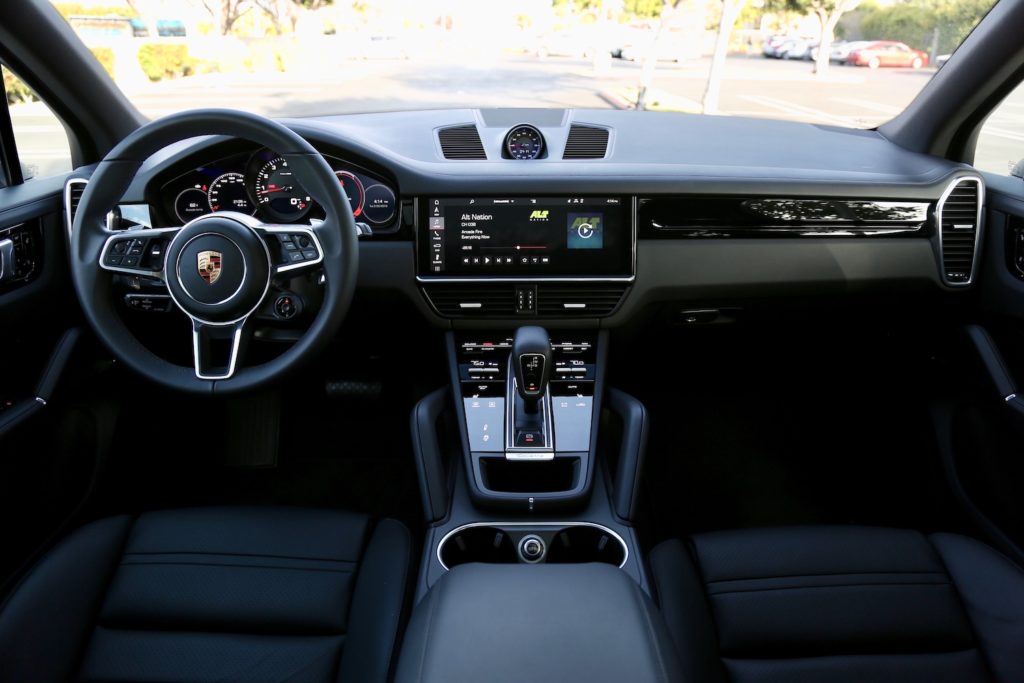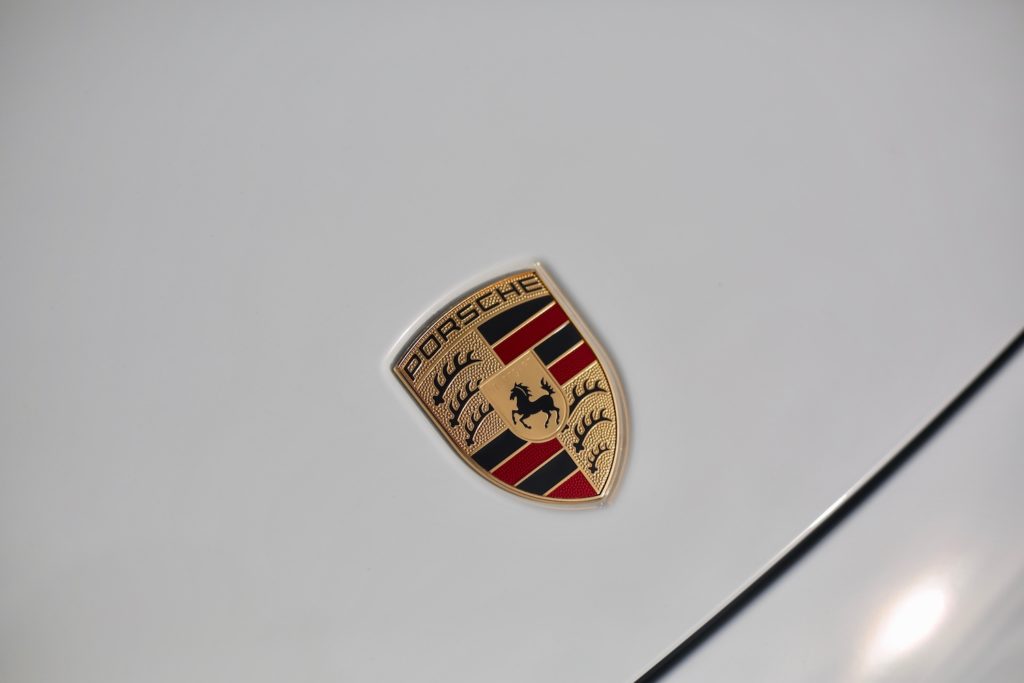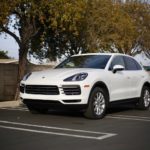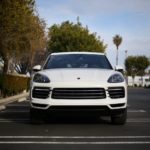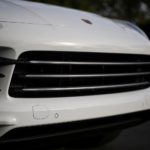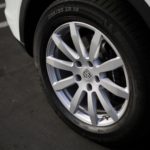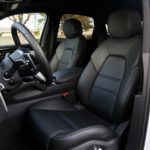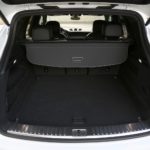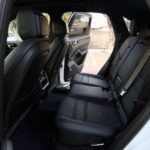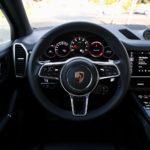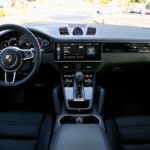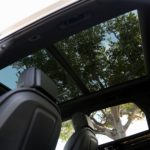Porsche is a brand without present blemish – each of its vehicles is a standout in its respective class. Sports car enthusiasts invariably find themselves debating every automotive contender against the iconic and continually evolving Porsche 911, or the spectacular mid-engine 718 twins. Sedan and wagon junkies get their fix with the stylish and dynamic Panamera. Compact crossover shoppers with a taste for driving fun can do no better than the Macan. And then there’s the Porsche Cayenne – the vehicle that saved Porsche and has been the brand’s sales leader for years.
Certainly, it’s good to be Porsche these days, but all that esteem comes with a nasty downside: any slip-up, however minor, will have purists shouting that the brand has lost its way. Earlier this year, Porsche successfully cleared a big checkpoint with the well-received introduction of its 992-generation 911, but the Carrera will never sell in great enough numbers to float the entire automaker. That burden falls on the shoulders of the Cayenne. Entering its third generation, the mid-size SUV boasts updated styling, features, and performance hardware within deceptively similar bodywork.
Porsche’s unenviable position is this: it must sufficiently advance the Cayenne’s luxury and technology to stave off refreshed competitors like the BMW X5 and Mercedes-Benz GLE while retaining the brilliant driving essence that built its brand. A week in the 2019 Cayenne ($66,750) tells all.
Interior + Exterior Styling
Much like the 911, Porsche takes an evolutionary design approach with its new Cayenne. While 3.0 inches longer and 1.7 inches wider than the outgoing model, the 2019 Cayenne looks more like a gentle refresh than a top-down rebuild. Visual tweaks include a lower, veined hood, sharper LED headlight signatures, chrome slats across the entire front fascia, new 19-, 20-, and 21-inch wheel designs, and a continuous LED taillight running the length of the tailgate. Notably, a short rear overhang and steeped front overhang mean the Porsche Cayenne won’t scrape easily off-road (especially when paired with the optional air suspension).
The modest redesign sufficiently modernizes the Cayenne while retaining its upscale physique. For those wanting more stylistic impact from a Porsche mid-size SUV, the Cayenne Coupe will arrive later this year to battle the BMW X6 and Mercedes-Benz GLE Coupe.
Inside, Porsche’s changes are more transparent. To reduce clutter along the center stack, Porsche replaces numerous physical controls with haptic feedback sensors along a glass surface. The sheer number of individual settings is still daunting, but the two-dimensional arrangement is a slicker look.
Material quality is exceptional, with a blend of brushed metals, gloss black panels or wood grain), soft leather, and delicate accents. While not as overtly luxurious as BMW’s new X5, the Porsche Cayenne cabin is pure business class. Eight-way power seats are standard, but we recommend the upgraded 14-way heated chairs that add lumber support. We’ve waxed poetic about Porsche’s steering wheel in other models, and the same praise must be heaped upon the new Cayenne; the design, soft leather border, and intuitive controls are above anything in this segment.
Rear passenger space is generous, with enough leg and headroom for two full size adults (and a smaller human in between). The available panoramic glass sunroof is enormous, and while the integrated shade takes its time to open, the view and ambient light are fantastic. Cargo capacity improves slightly to 27 cubic feet behind the second row and 60 cu. ft. with the rear seats folded. Those figures are less than both the Mercedes-Benz GLE400 and BMW X5.
Tech + Safety
Convenience and safety technology improve substantially with the third generation Cayenne. Though Porsche’s traditional analog tachometer remains front and center to the driver, it is now framed by two 7.0-inch reconfigurable monitors that can show navigation, media, telemetry, and other information on command.
Porsche’s latest infotainment system (PCM) occupies a 12.3-inch touchscreen display with some proximity-based controls. The screen graphics and responsiveness are on par with BMW and Mercedes Benz’s latest interfaces and comes standard with navigation and Apple CarPlay (but no Android Auto). Porsche’s Connect Plus system also includes apps like Amazon Music and Nest. PCM’s menu structure isn’t the most intuitive, thus requiring an initial time investment, but once you get the system down, there’s little to complain about.
Standard tech and active safety highlights include 4 USB ports, Bluetooth, an LTE Wi-Fi hotspot, and low-speed collision warning with braking assist. Optional features include night vision, front and rear park assist, lane keeping assist, lane change assist, traffic sign recognition, a surround-view camera, head-up display, and adaptive cruise control. Porsche also offers a traffic jam assist program (InnoDrive) that will effectively drive the Cayenne autonomously at speeds below 37 mph. BMW and Mercedes-Benz offer similar systems on their SUV contenders.
Driving Dynamics
The reason enthusiasts eventually came around to the idea of a Porsche SUV was not the way it looked, it was how it drove. The Porsche Cayenne has always behaved more like a sport sedan than a pitching, rolling SUV, and while the physics of a high center of gravity are difficult to overcome, Porsche makes it seem easy.
Entry-level Porsche Cayenne models are equipped with a 3.0-liter turbocharged V6 to replace the outgoing naturally aspirated six-cylinder. Power increases to 335 horsepower and 332 pound-feet of torque, distributed to all four wheels as standard via an eight-speed automatic transmission. Porsche claims a 0 to 60 mph sprint of 5.6 seconds with optional launch control, 5.9 seconds without.
Though the Porsche Cayenne isn’t the most potent in its class, it is the lightest, at 4,500 pounds. Less mass to manage, combined with Porsche’s available rear wheel steering system, active stabilizers, and adaptive dampers, means the Cayenne is downright athletic. Taking corners at double the speed limit is no challenge for the Porsche mid-sizer – even on standard all-terrain tires. Upgrade to the optional Pirelli P Zero rubber and you’ll really be scootin’ through curves.
In addition to looking good, the Cayenne’s steering wheel orchestrates sharp response from the front tires. With just the right amount of heft, the electronically assisted rack puts car and driver in lock step. Only the Maserati Levante’s hydraulic steering system can match the Cayenne for engagement and feedback. Though the standard brakes are plenty capable, Porsche’s optional surface coated brakes improve responsiveness and reduce brake dust. If that’s not enough stopping power, Porsche will also sell you a set of carbon ceramics for a cool $9 grand.
The Cayenne is equally suited to city and highway commutes, with supple ride quality and excellent cabin insulation. Rotating the drive mode dial to normal mode eases throttle response and smoothly works through the gears. If ever a burst of performance is needed, a quick press of the dial’s center induces sport mode responsiveness for 20 seconds before returning to normal. Fuel economy ranks towards to top of the segment, at 21-combined mpg. Only the BMW X5 sees better figures.
Competition
The mid-size luxury SUV segment Porsche helped build is now overrun with compelling alternatives. Of the myriad options, BMW’s X5, Mercedes-Benz’s GLE, and Maserati’s Levante will tempt the most shoppers.
Redesigned for the 2019 model year, BMW’s X5 xDrive40i ($61,695) is powered by a turbocharged inline six-cylinder engine producing 335hp and 330 lb-ft of torque. With standard all-wheel drive, the X5 hustles to 60 mph in 5.3 seconds and returns a segment-best 22-combined mpg. Cargo capacity stands at 33.9 cu. ft. behind the second row and 72.3 cu. ft. with the rear seats folded.
Also new is the 2020 Mercedes-Benz GLE ($56,695). Using a 3.0-liter turbocharged V6 rated at 329hp and 354 lb-ft of torque, the all-wheel drive GLE400 4Matic hits 60 mph in 5.3 seconds and averages 19 combined mpg. The latest GLE boasts a class-best 38.2 cu. ft. of cargo space behind the second row and 80.3 cu. ft. with seats folded.
Contending with Porsche for best driving dynamics is Maserati’s Levante ($76,975). Featuring a Ferrari-derived 3.0-liter turbocharged V6 making 345hp and 369 lb-ft of torque, the base Levante sprints to 60 mph in 5.7 seconds but can only manage 17 combined mpg. Cargo capacity behind the second row is a comparatively small 19.4 cu. ft.
The Verdict
With its armor tested, the 2019 Cayenne allows Porsche to soldier on without weakness. The nameplate that helped define performance SUVs is simply better than ever, with the technology, driving dynamics, and premium amenities that will keep demand strong and the automaker healthy. The Cayenne’s closest performance rival, the Levante, can’t match Porsche’s build quality and refinement, while luxury foes like the X5 and GLE can’t deliver the same driving pleasure.

